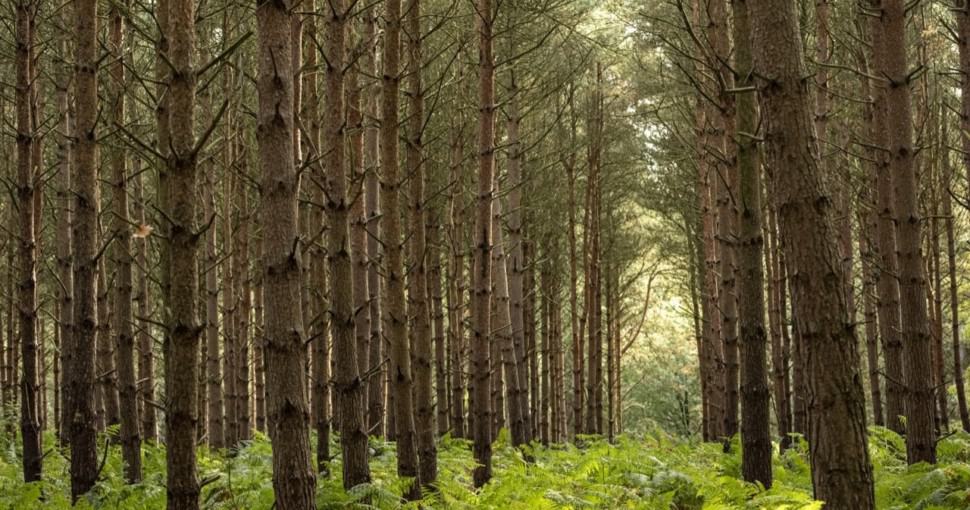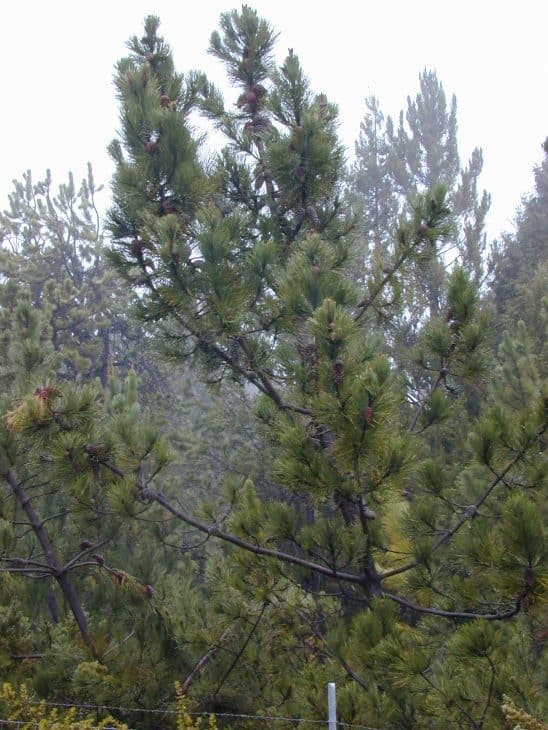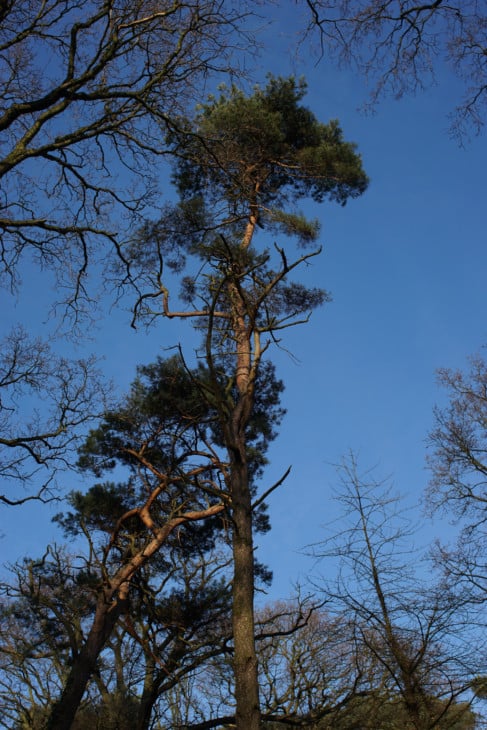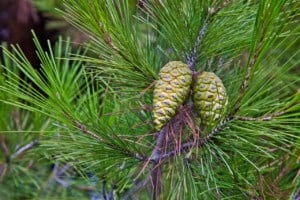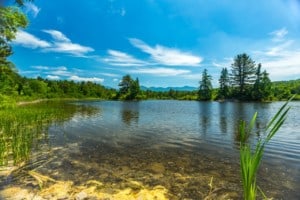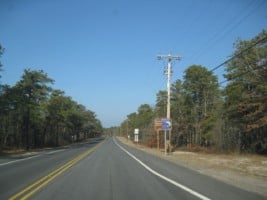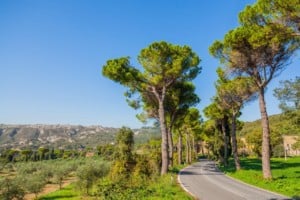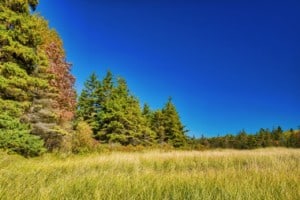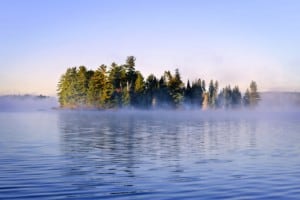England is often characterized by long rainy seasons and lush greenery. Among these green, grassy fields stand the ever-looming pine tree. These trees are usually the tallest ones in any forest, forming the top-most layer of foliage. Despite England having a limited variety of native pine trees, the ones that do grow there thrive quite well.
Wild vegetation is quite widely spread in England due to the excessive rainfall and temperate climates. This vegetation consists of natural flora that includes woodlands, marshes, cliffs and mountain slopes. These lands are covered by grasses, gorse and pine trees that tower high over the forests and seem to be reaching the clouds.
The main reason why pine trees thrive in England is largely due to the favorable weather and soil conditions. England has a temperate climate with cool, wet winters and warm, rainy summers. The lack of harsh, extreme climates plays a significant role in the growth of pine trees there. Moreover, England’s soil is mostly of brown earth, characterized by the dark brown surface layer that is rich in organic matter. It provides pine trees with the right nutrients to grow well and continue to bloom all year round.
Even though most of England only has two types of native pine trees, the country does serve as the perfect home for them. These trees survive for hundreds of years and become home to thousands of different insects and animals like the red squirrel and the Scottish crossbill. Let’s discover more about the different types of pine trees in England. Also read about all the most common trees in England here.
1. Scots Pine (Pinus sylvestris)
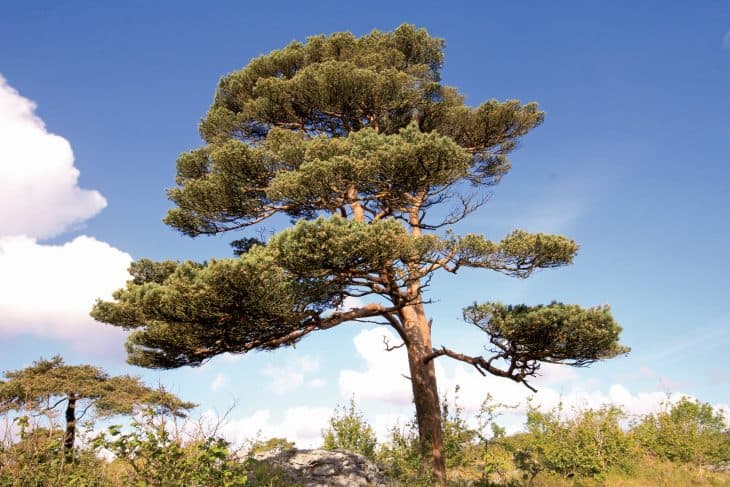
Towering high above all other trees in the English forests, the Scots Pine is England’s only native tree. This monoecious, evergreen conifer reaches heights of around 35 meters and is known to survive for more than 700 years. The Scots Pine has blue-green needles that grow in pairs and appear slightly twisted, with orange-brown, scaly bark. You can commonly find it in heathland and the Caledonian pine forests of the Scottish Highlands.
2. Maritime Pine (Pinus pinaster)
The Maritime Pine has become naturalized to some parts of southern England, easily growing under the acid poor or moderately fertile soils. Also called the Cluster Pine, these are hardy, fast-growing trees that grow in areas with excessive rain. They are medium-sized, growing up to 25 meters tall and have thick, orange-red branches. The needles are robust and appear in pairs around 25 cm long and their cones are 20 cm long.

